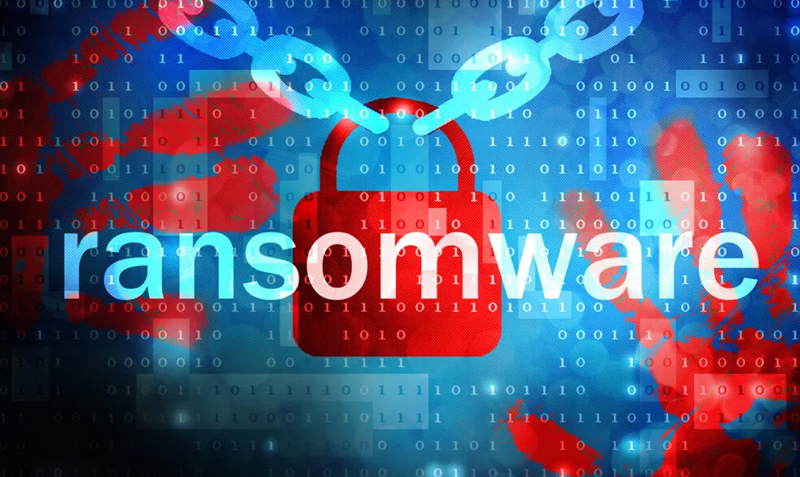An advanced ransomware attack can have a devastating impact on your organisation’s service capabilities. By encrypting your data, it not only limits your ability to access vital information, but it can also have other severe indirect consequences.
The Current State of Ransomware
The 2020 Sophos State of Ransomware report stated that 73% of attacks succeeded in encrypting data. This statistic clearly illustrates the ongoing effectiveness of advanced ransomware campaigns. Even though attackers have actively used this destructive malware technique for several years, its success rate remains high. The reason for this significant hit ratio is twofold. Some organisations continue to ignore the threat, and attackers continue to evolve their malware campaigns.
Organisations can no longer take a reactive approach to this threat. They must implement the relevant, proactive measures to protect their data. A layered, defensive approach with multiple fail-safes is the only proven method to mitigate the risks of a devastating ransomware attack. However, should a ransomware attack succeed, what is the potential impact on your ability to continue delivering services?
We’ve identified 5 key ways ransomware impacts and impairs affected organisations.
1. Temporary, or Permanent Data Loss
The primary goal of any ransomware campaign is to extort the victim. Traditionally, cybercriminals using malware encrypted a victim’s files and demanded a ransom payment to release the decryption key. However, more recent attacks have also added another threat. As the attackers have access to the victim’s data, they exfiltrate it before encrypting it. They then have the leverage to demand an additional payment threatening to publish the victim’s confidential information.
These attacks can be devastating to an organisation. Not only does it limit their ability to deliver services, but they also need to contend with reputational harm and financial penalties. As you now need to recover data and mitigate a data breach, the ideal solution is to prevent the malware infection from occurring in the first place.
2. Shutdown of Operations
Information is the lifeblood of the digital economy. Without it, organisations cannot transact, communicate, or operate. As every system relies on data, it will not function should it suffer a ransomware incident. For example, if attackers manage to encrypt a database, any application that depends on it will suffer a catastrophic failure. Similarly, if a ransomware incident encrypts all your unstructured data, it will severely impact your ability to deliver services.
The shutdown of operations can also have a knock-on effect on other departments, customers, and organisations. As many digital processes rely on instantaneous information exchange, a breakdown at any step can bring an entire integrated system to a halt.
3. Financial Loss
A ransomware incident can also result in severe financial losses. As mentioned, a successful attack can lead to a shutdown in operations. As the enterprise cannot operate, this can lead to a loss in revenue. Even if the systems are not revenue-generating, having them offline costs the organisation lost productivity. Over and above the direct financial losses, there are also indirect costs.
Organisations typically run on very tight budgets. As ransomware attacks are unplanned events, these incidents do not ordinarily form part of the budgeting process. Whether direct or indirect, any financial loss may force you to reallocate funds from other critical initiatives further impacting your ability to deliver services.
4. Remediation Costs
An advanced ransomware attack can also involve high remediation costs. Depending on the scale of the infection, the amount could be significant. You may need to contract external consultants or vendors to rebuild systems. Depending on the impact, communication costs will also increase as you deal with various internal and external parties’ expectations. There is also the risk of third-party claims and legal penalties if the attackers also exfiltrated data as part of their ransomware campaign.
5. The Human Element
A ransomware incident may not be a physical attack, but one cannot underestimate the psychological effects it may have on your staff. Not only can it increase the stress levels of your IT department significantly, but it can also detrimentally affect the morale of the entire organisation. With the possibility of permanent data loss, staff members could lose years of work. The ramifications of this prospect could have a severe impact on your ability to deliver services. Not only will your employees need to find ways to perform their duties without any historical data, but the incident may force them to recreate it from source documentation.
Mitigating Ransomware to Ensure Business Continuity
An advanced ransomware attack can impact your ability to deliver services in several ways. From lost data and operational shutdowns to financial losses and the human impact, organisations must implement measures to protect themselves proactively. A layered, defensive approach with multiple fail-safes can mitigate the risks of a devastating ransomware attack. However, restoring from backups, often cited as the last line of defence may no longer be sufficient.
Cybercriminals know organisations remediate ransomware incidents by restoring their data from backups. Their new strategy involves encrypting backups before attacking the rest of the data. This modus operandi ensures their victims have no option other than paying the ransom. However, immutable backups are an effective defence against this new threat. As no one, not even an administrator, can alter or delete the data, it mitigates the risk of a ransomware attack crippling your last line of defence.
To support organisations as they plan for this evolving threat environment, AUCloud have published a white paper to give you the information you need.
“How confident are you that you can recover from a ransomware attack” has been written for a government and critical national industry audience who need to incorporate Sovereign Data requirements into their ransomware mitigation strategies.
You can download your complimentary copy by clicking on: Protecting your organisation against an advanced ransomware attack – AUCloud (aucloud.com.au)



